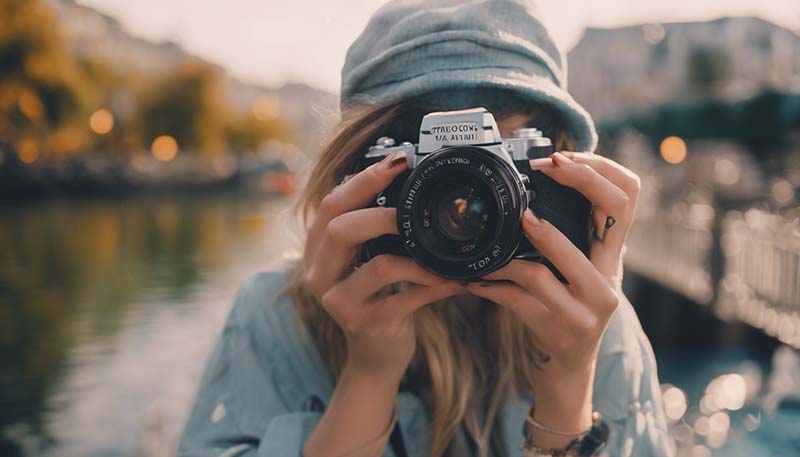The Influence of Travel and Exploration on Beauty Choices
Travel and exploration have always been a significant part of human history, shaping cultures, economies, and societies. One of the many aspects influenced by these journeys is the realm of beauty and personal aesthetics. This article delves into how travel and exploration have impacted beauty choices across different cultures and time periods, from the ancient world to the modern day.
Introduction
The concept of beauty is subjective and varies from one culture to another. It is influenced by a myriad of factors, including geography, climate, cultural practices, and historical events. The exchange of ideas, goods, and people through travel and exploration has played a crucial role in shaping these beauty standards and choices.
Advertisement
Historical Influences
Ancient World
Throughout the ancient world, trade routes and conquests brought different cultures into contact with one another, leading to the exchange of beauty practices and products. The Silk Road, for example, was not only a conduit for trade but also a path for the spread of beauty trends. From the Han Dynasty's influence on Japanese makeup to the Roman Empire's adoption of Greek beauty ideals, these interactions left a lasting impact on beauty standards.
Age of Exploration
The Age of Exploration in the 15th to 17th centuries opened up new trade routes and brought Europeans into contact with the Americas, Africa, and Asia. This period saw the introduction of new beauty products, such as cocoa butter from Africa and the use of maize for skincare in the Americas. The exchange of these beauty practices and ingredients further diversified and enriched the beauty landscape.
Cultural Exchange and Adaptation
As people from different cultures encountered one another, they often adopted and adapted beauty practices from the places they visited or where they settled. This process of cultural exchange and adaptation has led to a rich tapestry of beauty choices that reflect the history of human interaction and migration.
Japanese Beauty: The Influence of Travel
Japanese beauty practices have been influenced by travel and exploration throughout history. The influence of Chinese culture during the Nara and Heian periods is evident in traditional Japanese makeup, such as the use of white face powder and the practice of creating a small, red mouth. Later, the influence of Western beauty standards during the Meiji period led to the adoption of more natural makeup looks and the incorporation of Western skincare routines.

Globalization and Modern Beauty
In the modern era, globalization has made it easier than ever for beauty trends to spread across the world. Travel and exploration are no longer limited to the elite, and the average person can experience different cultures and beauty practices firsthand. This has led to a more diverse and inclusive beauty landscape, with people from all walks of life embracing a wide range of beauty choices.
Beauty Tourism
Beauty tourism, or traveling to a destination specifically to undergo cosmetic procedures or to experience local beauty treatments, has become a significant part of the travel industry. Countries like South Korea, Thailand, and Brazil are known for their cosmetic surgery clinics and have attracted tourists from around the world seeking beauty enhancements.
K-Beauty and J-Beauty Phenomenon
The global popularity of Korean and Japanese beauty products and practices, known as K-Beauty and J-Beauty, respectively, is a testament to the influence of travel and exploration on beauty choices. These beauty trends have gained a cult following worldwide, with people embracing the multi-step skincare routines and innovative makeup products that are characteristic of these cultures.
Challenges and Opportunities
While the influence of travel and exploration on beauty choices has led to a more diverse and inclusive beauty landscape, it has also presented challenges. The commercialization of certain beauty practices can sometimes lead to the appropriation and misrepresentation of cultural traditions. It is essential to approach beauty choices with respect for the cultures they originate from and to educate oneself about the history and significance of these practices.
At the same time, the global exchange of beauty ideas presents opportunities for innovation and collaboration. Beauty brands and professionals can draw inspiration from different cultures and create products and treatments that cater to a diverse clientele.
Conclusion
In conclusion, the influence of travel and exploration on beauty choices is profound and far-reaching. It has shaped beauty standards and practices throughout history and continues to do so in the modern era. As we continue to explore and interact with different cultures, our understanding and appreciation of beauty will only continue to grow and evolve.
Comments